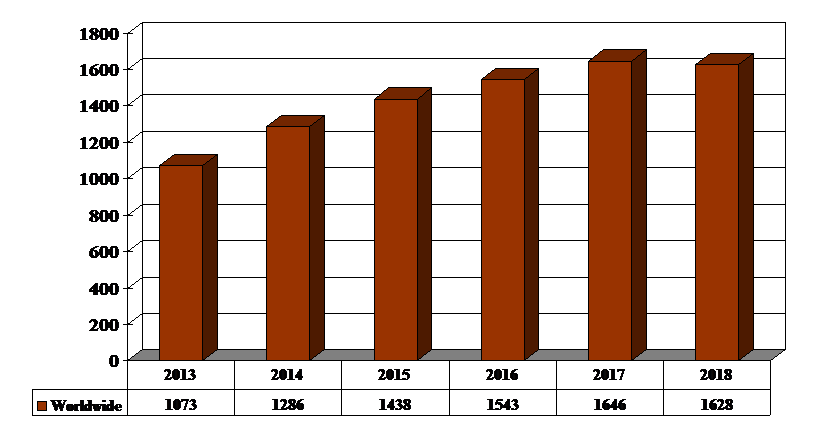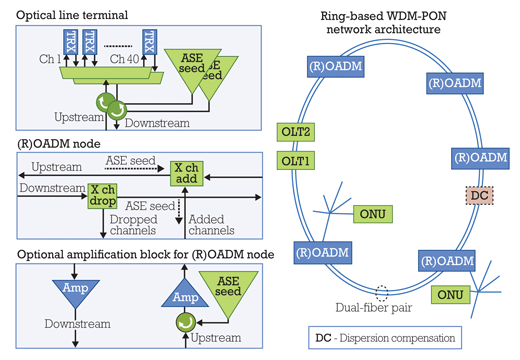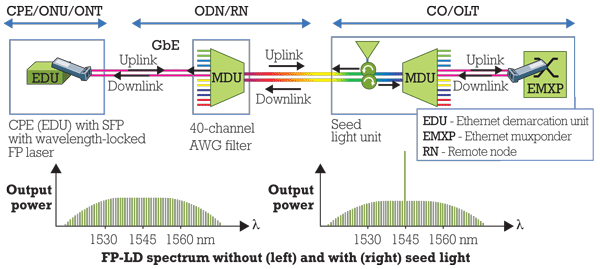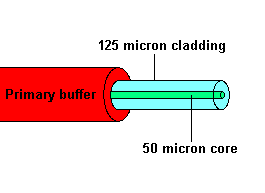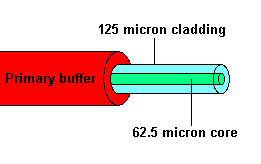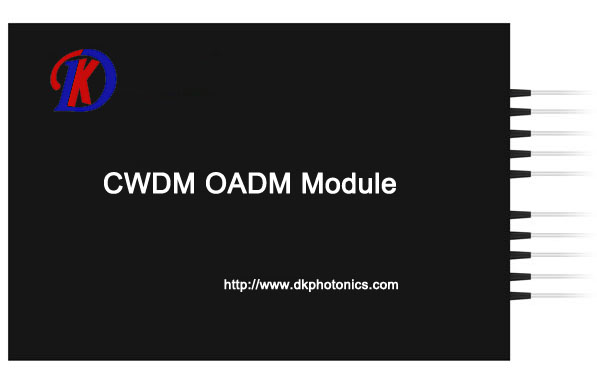To avoid the problem of color change versus incidence angle in an optical system, thin-film-coated filter elements can be replaced by a filter consisting of a stack of different filter glasses.
JASON KECK
Wide-angle filter stack apps
There is a multitude of applications for this type of filter. In the field of digital imaging, colorimeters-which take wideband spectral energy readings-are used to profile and calibrate display devices, verifying that pixel color and intensity at the edge of a display matches the performance of pixels in the center of the display.
In astronomy, biomedical or fluorescence imaging, and mineralogy, hyperspectral imaging has many important applications. It is essential that the incident light undergo as little iridescence as possible. Also, when precision imaging instruments are expensively launched into orbit, the filters must be robust enough to withstand extreme environmental operating conditions.
In agriculture, the color of crops or food products reveals vital information. The use of Earth-observing satellites to measure the “vegetation index” of crops (a measurement of green hue) is nothing new, but the affordability of aerial drones has brought new possibilities. A drone can be programmed with GPS data to fly on a fixed pattern over a designated crop area and take wide-angle images at regular intervals, building up a picture of the vegetation index of crops. If the images used in such applications provide accurate spectral data that is as free as possible from iridescent distortion, it can give farmers precise control over fertilizer application rates and greatly improve efficiency and productivity. This is a considerable cost saving over low-resolution, narrowband satellite imagery and conventional aerial photography using manned aircraft.
Design hurdles
There are three complicating factors in the design of such filter stacks. The first is the limited choice in filter glass, limited not only by manufacturer availability but also by physics. Filter glass with an ideal edge cut-on or cut-off wavelength for an application is not always easy to find, or may be impossible to precisely manufacture. Where it is available, the designer is then limited by what the manufacturer can deliver in a reasonable time, as melts may be scheduled as infrequently as once every several years, depending on demand.
The second factor is that, while the perfect filter glass for a particular application may not exist, there are hundreds of other glass types from numerous vendors that can be combined to achieve a close approximation of the requirement.
The third complicating factor is that the design of ColorLock filters is a massively multidimensional, nonsmooth optimization challenge. Physical manufacturing requirements restrict the thickness of all combined individual layers to not exceed the overall thickness requirement of the resulting optical component, further putting restrictions on the selection of specific CWDM filter glass types.
Reynard streamlined this complex design process by developing in-house software into which all of the system requirements are fed. The software produces a manufacturable design for a filter in which the necessary materials are combined at the correct thickness in each layer. The design is then manufactured and validated for performance.
About DK Photonics
DK Photonics – www.dkphotonics.com specializes in designing and manufacturing of high quality optical passive components such as 8CH CWDM Module,100GHz 8CH DWDM,200GHz DWDM,Mini-size CWDM,compact CWDM,Athermal AWG DWDM Module,100GHz AWG,Thermal AWG DWDM Module,1310/1490/1550nm FWDM, PLC Splitter, Optical Circulator,Optical Isolator,Fused Coupler,Mini Size Fused WDM.
